Faculty and Research Topics
Students will have the opportunity to participate in either hardware or more theoretically oriented projects:
A typical hardware-oriented project begins with the student becoming familiar with the instrumentation in question by working closely with the mentor in the lab for a period of typically 2 - 3 weeks. Interactions and discussions with the mentor and other researchers develop the student's expertise with the equipment, the DAQ and analysis software required to operate and evaluate the hardware's performance if data taking is involved and other general-purpose instrumentation (e.g. oscilloscopes, signal generators).
A typical theoretical or phenomenological project will proceed in a similar way with the student gaining experience under the guidance of the faculty mentors and becoming more and more independent in developing and completing his/her project.
Students participate in the activities in which the CNP faculty mentors are involved. Some of these activities will require collaboration with experiments hosted at national laboratories such as Fermilab and JLAB.
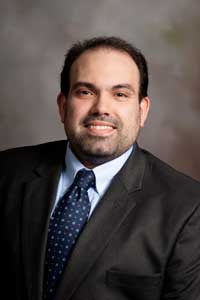
Dr. Camillo Mariani
Physics
Mariani has been responsible for the muon detection system in Double Chooz. Muon detector development and characterization is a good platform to introduce students to particle physics. A project for an REU student would be to build and characterize a small portable muon detector. A second project would be to involve the student in several aspects of the data analysis and simulation of the argon electron scattering. For more information on Dr. Mariani's Projects please click here.
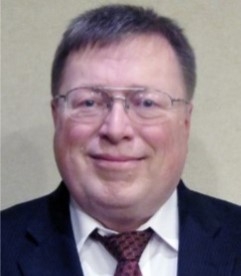
Dr. Bruce Vogelaar
Physics
Vogelaar's expertise in solar neutrino experiments is unique in the U.S. Some solar-neutrino detectors can reveal signs of the neutrino direction. For example, recoil electrons from ne scattering of B8 neutrinos can provide enough Cerenkov light to back-project towards the Sun. At lower energies, where scintillators are required, the light emitted is isotropic. A summer undergraduate research project would examine whether the direction of even low-energy electrons traveling through a scintillator could be determined by adding an electric field to the region (50~kV/cm). For more information on projects with Dr. Vogelaar click here.
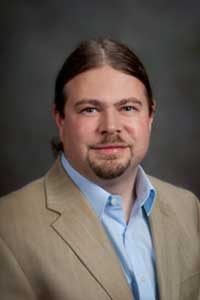
Dr. Patrick Huber
Physics
Huber and his group demonstrated the applicability of reactor antineutrino monitoring towards non-proliferation safeguards. The key advance achieved by Huber's group was to include the information of the energy spectrum of the antineutrinos. In the original study backgrounds were largely neglected, and thus a natural extension is to derive a scalable background model from the literature and to determine the impact of backgrounds on the quantitative results. A second project is the phenomenology of eV-scale sterile neutrinos, specifically evaluating the sensitivities of the proposed short-baseline reactor experiment within a common framework like GLoBES. For more information on projects with Dr. Huber's click here.

Dr. Jonathan Link
Physics
Link is pursuing a new short-baseline reactor experiment as a definitive test of reactor antineutrino anomaly. In preparation for this project an 80 channel prototypewas built and deployed at a commercial nuclear power plant. As an REU project, the student would use data from the 80-channel prototype to search for and study stopped muon decays in the detector. For more information on projects with Dr. Link's click here.
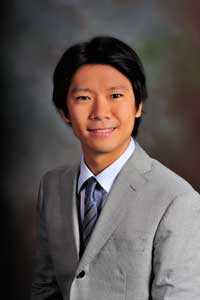
Dr. Shunsaku Horiuchi
Physics
Horiuchi and his group focus on weakly-interacting particles in astrophysics, in particular supernova neutrinos and particle dark matter (WIMPs, sterile neutrinos). We have one of the most advanced predictions of the signal of diffuse neutrinos from distant supernovae. One project will be on novel aspects of its determination, especially in light of recent updates in theoretical modeling of supernovae and astronomical searches for the supernova occurrence rate. A second project is on the neutrino floor, specifically the impacts of supernova and atmospheric neutrinos on searches for dark matter by next-generation direct dark matter detectors, utilizing a systematic framework like GLoBES. For more information on projects with Dr. Horiuchi click here.

Dr. Thomas O'Donnell
Physics
O'Donnell's group would work on data analysis for CUORE. Each of the 988 detectors in the array essentially operates as an independent detector, with its own energy resolution, energy scale, background level and time stability of operation. The student will study uniformity of the detector response and experiment with thermal models to help improve this uniformity. For more information on projects with Dr. O'Donnell's click here.
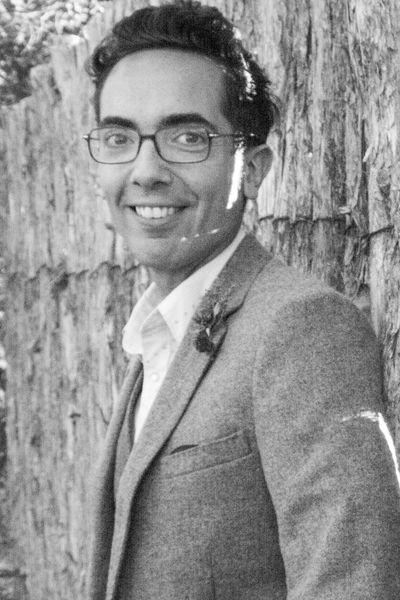
Dr. Ian Shoemaker
Physics
Shoemaker's work focuses on testable predictions and signatures of theoretical models of new physics related to Neutrinos and Dark Matter. Potential student projects include: (1) computing new physics signatures at experiments sensitive to coherent elastic neutrino-nucleus scattering experiments, (2) astrophysical probes of new physics models of neutrinos and dark matter, and (3) implications of new physics scenarios for the early universe.
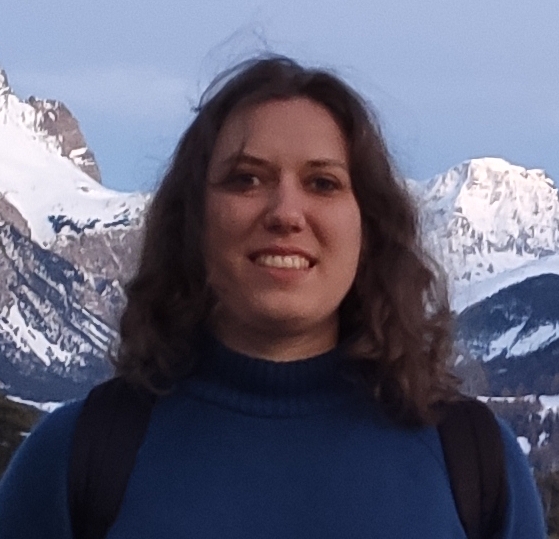
Prof. Marie Boer
Physics
Boer's work focuses on understanding the structure and properties of the proton from its inner constituents, the quarks and gluons. Possible student projects include exploratory data analysis, extraction of physics quantities from data and simulations and the development of an event generator. The goal of these projects is to predict whether some high energy scattering reactions will provide information about multidimensional distributions of quarks and gluons in the proton, and if they can be measured. This work can be categorized as half-way between experimental hadronic physics and phenomenology.
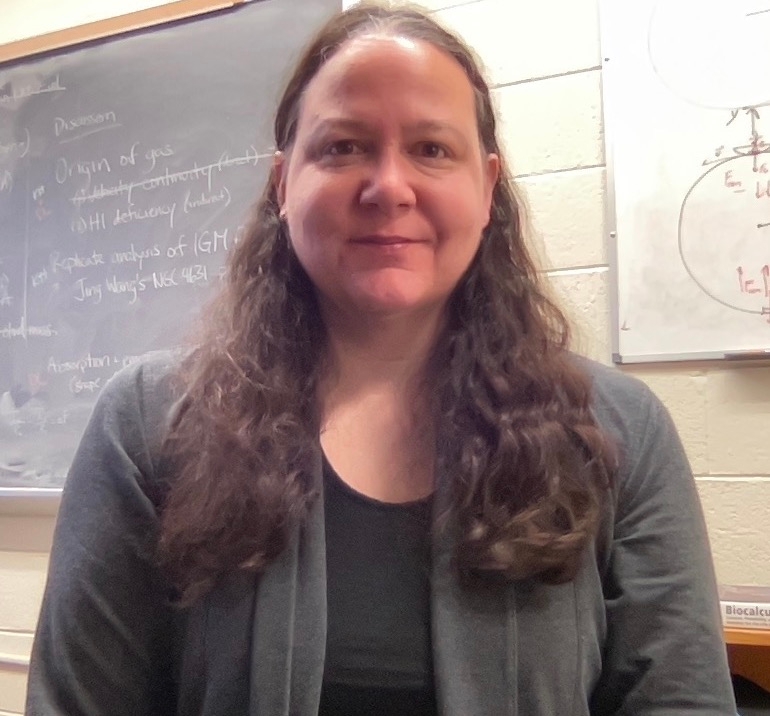
Prof. Danielle Lucero
Physics
Lucero and her collaborators are using the JVLA, Apertif, and MeerKAT radio telescopes to image the cold gas in and around nearby disk and elliptical galaxies at high spatial resolution. They hope to understand how neutral hydrogen (HI) in galaxies is acquired, distributed, and the physical processes that govern the transition of this HI into the molecular phase where stars are born. The acquisition of the cold gas and its conversion into stars is thought to drive the morphological evolution of all galaxies. An REU student will create HI, H2, and total cold gas surface density maps for a sample of 32 early-type galaxies. Using these surface densities the student will determine the radial distribution of the cold gas for all galaxies and compare to HI radial distributions of spiral galaxies.


